
Long MEmories is a multimedia, interdisciplinary interactive experience, inclusive of dance, music, and spoken word—storytelling at its finest. It is multi and intergenerational project that digs into traditional African, African American, and Afro Diasporic cultures, fusing language, dance genres, and aesthetics to create a work of art that pays homage to the evolution of Blackness and its roots in African spirituality and the Black church.
The performance takes place at the Historic Brooklyn Grace church in Charlotte, NC. This intimate setting offers a wonderful feeling that exudes Black church vibes. The audience/congregation is seated in the round, many of them are fanning, this is emblematic of being in church in the south or Caribbean on a hot Sunday morning. Before the performance, the audience is asked to write a lesson, advice, or warnings we’ve gotten from our elders on note cards which are read later in the performance by Margarette Joyner who subsequently opens the piece. Wearing a yellow African print two-piece ensemble with a head wrap, she sets us on course singing “Oh Lord Come by Here.” The audience joins in, offering up their vocals. Joyner thanks the audience for being there, does a land acknowledgment of Indigenous people, and recognizes the elders.
Next, a piano is rolled out and musicians Luciano Xavier and Icaro Nascimento da Silva enter the space, pianist Judith Porter also enters and asks the audience to rise for the Negro National Anthem. She promises them that it would only be one verse—the audience laughs out loud, because of course everyone only knows the first verse. What is the purpose of the Negro National Anthem? How does it connect to the hymn “Come by Here My Lord”? There’s a groundation occurring, artistic director, Tamara Williams is taking us somewhere.
Getting deeper into the act of building the foundation, spoken word artist Jay Ward performs “Black Time,” “Black Rapture,” and “Gentrification” which speaks to the Black experience in a multitude of ways, demonstrating how these themes connect to the South and various Black experiences. Ward is the interlocutor, through metaphor and a colorful seminar on Black culture, he preps us for what’s next.
The company, comprised of four members, an apprentice, and three guest artists enter the space (minus Montë) to the song “Swing Low” with baskets on their heads dressed in variations of blue, purple, and red carrying artifacts, flowers, and fabric. Each dancer places objects at their alter and begins gesturing and connecting, paying homage to their space, treasures, and “long memories.” A video plays on the screen/television, and includes images of an open field, water/ocean, birds flying, the sky, and sand. Six dancers rotate in a circle, shuffling their feet and waving their arms as if responding to powerful preaching. The movements are grounded, powerful and heavy, with big jumps, juxtaposed with flailing arms. The dancers rotate counterclockwise. Dinora Ramirez enters the circle, dropping rose petals on the floor.
A second video plays featuring black and white photos/images of a Black woman and a couple. The dancers kneel on the floor and engage in a beautiful call and response—a prayer calling out the ancestor’s names which match the images of the individuals on the screen. It’s hard to pay attention to the screen in some sections with everything that is going on. Is this a challenge that the choreographer designed?
Tamara sings—there are gesturing of arms, reaching outwards, wrapping around the waist, and reaching for the heavens. The reaching quickens as the dancers move the phrase all over the space, in and out of the circle.
This section opens the ancestral realm, introducing us not only to the spirituality of Blackness but also the movement vocabulary. Ring Shout as a theme, and the shuffling step are the dominant yet connecting movement concept and sequence, as well as the circle, this includes the literal center of the space as well as the counterclockwise and clockwise movement that occurs in most sections. Their billowy shirts/tops and flowing pants, create a cascading effect, coupled with the articulation of their back arms and feet is quite enchanting.
Xavier and Nascimento da Silva support the graceful and calming movement with sounds of the rain forest. I hear wind, birds chirping, a rain stick, conga drums, bells, and some kind of whistling sound—simply magnificent.
There are so many beautiful moments within the work; several of them showcase the dancers expressing their connection to the ancestors, a reconnection with a loved one, the joy of seeing an old friend, or the loss of someone dear. I absolutely loved the ancestral section which featured Ibas, “which is a Yoruba Isese L'gba practice for giving homage. After a name is called, we respond, ‘Iba se’, to give reverence to the deceased” (Williams 2024). The vocals sound like an African lullaby, it was soothing, deep down to the bone marrow.
Three young dancers are featured in the work. They enter singing the hymn, This Little Light of Mine. Wearing various styled African print dresses, they bring pure joy. Walking to their alter spaces, placing candles down, they shuffle their feet, rotating in a circular pattern. The audience starts clapping and joins in singing. Someone in the audience has a tambourine—no old time Black church service is complete without one.
Another beautiful moment is when the elders, women from Tamara’s community class enter the space with Montë singing “Jubilee My Lord.” They clap their hands to various rhythms and shuffle their feet. They enter with a procession, rocking their arms, swaying the body, and reaching for the heavens and the earth. Their hips shift with delight. Each woman’s solo was joyful, graceful, and celebratory—their confidence was apparent.
A video of an “Interview with Grandma Ida,” Tamara’s grandmother is shown. She is asked about her family and where she was from. Grandma Ida is as sharp as a whip, stating that she is 95 years old and was raised in Edgefield, SC. She recalled that her grandmother lived to be 100 years old, that she had to walk 4 miles to school daily and had a 1 room school. She even remembered what they she wore to the old-time church services. And for clarification, Grandma Ida stated that they sang notes, not songs at church. Alright Grandma Ida, we got it!
Part II: “Black Time is Spiritual, Always Guiding, Moving Our Spirit Towards a Promise…” (Jay Ward)
Guest artist Montë Murphey’s solo features the Egungun Ancestral Dance, which is a masquerade in motion. Dressed in an all-white fringed off the shoulder regalia, Montë walks in the space, looks around as if to confirm both his location and intention. He opens the dimension through clockwise and counterclockwise rotations. Fabric is twirling. Flickering gestures of the hips, arms, and torso, create a dynamic tornado of emotion. Is Montë calling the ancestors, are they speaking through him, or is he an ancestor? This is a spiritual intervention. Looking at the screen, I see bodies. Are they images from the transatlantic slave trade where our ancestors were packed like sardines, headed on a death cruise?
The open, sharp, and pounding arms, juxtaposed with the fluid orchestral sounds of the String Musicians is captivating. The Charlotte String Collective offer a deeply sensual musical interlude. The body naturally wants to find an entry point. Memories are exhumed and spirits are soothed. What about this music is familiar? What makes me comfortable or uncomfortable with this performance?
“Black Time is a superpower” (Jay Ward)
“Afro Latina” was one of my favorite sections. This duet offered deeply personal experiences of two Afro Latina women, Erika Guzman & Dinora Ramirez, who live in the US. Stories ranging from self-hatred, the love of their nation state, not always feeling accepted, loved, and valued were shared. The movement vocabulary was powerful and warriorlike. Traversing through multiple genres, they danced Palo, West African, Contemporary, Silvestre Technique and Afro Cuban. Their hips rotated, demonstrating their sovereignty, femininity, sensuality, and Latinidad. Bravissimo Senoritas!
The Finalé was other worldly, dynamic, and spiritual. There is clapping, singing, dancing, deep breathing, the ring shout, exhaustion, Ori/ head gestures, formations, ring play, circular rotation/clockwise and counterclockwise, jumping over the stick/stick dancing and more. We were transposed to an African village. The solos were ahhhmaziing! After the phenomenal display of talent and technique, the circle opened, the elders and the audience/congregation were invited on the floor. The rhythm changed and the entire group is now doing the infamous shuffle step in a circular rotation. There are bows, clapping, and SAMBA!
Conclusion
I assure you that this review does not cover half of what was presented in Long MEmories. I hope that my attempt to convey the depth and richness of this performance was conveyed. So much was offered from Moving Spirits and Tamara’s gifts are evident as teacher, choreographer, artist, mentor, spiritual mediator, director, and seer. She has curated an amazing ensemble of givers, who are also unabashedly vulnerable, sharing their stories through laughter, tears, and strength.
I thought about what interview questions would serve this process. I was taken aback by the improvisational, unchoreographed moments that took place after the performance that engendered such profound truths about each dancer’s history, their pathways, and the preparation for this work. Instead of interviewing the dancers separately, we had open discussions on two occasions, after the performance on Saturday at El Thrifty Mexican Restaurant and on Sunday at Dance XLNC Studio where the dancers shared intimate details about their lives that informed their connection to the work, offering a profound analysis of their performance.
I am left with these words: Refreshing, Replenishing, Love, Grace, Empathy, Compassion, Community, and Moving Spirits.
Company
Tamara Williams (Founding Artistic Director)
Suzi Alila (Associate Artistic Director)
Monique LeFlore (Member)
Jameelah MacMillan (Member)
Dinora Ramirez (Apprentice)
Erika Guzman (Guest dancer)
Montë Murphy (Guest dancer)
Jasmine Powell (Guest dancer)
Elders
Suzzette Byrd
Deatra Jacques
LaTanya Johnson
Heather Lee Johnson
Grace Mills
Three Young Dancers
Desiree LeFlore
Madison Ketter
Delany Nia Lewis
Photographer: BT Twitty
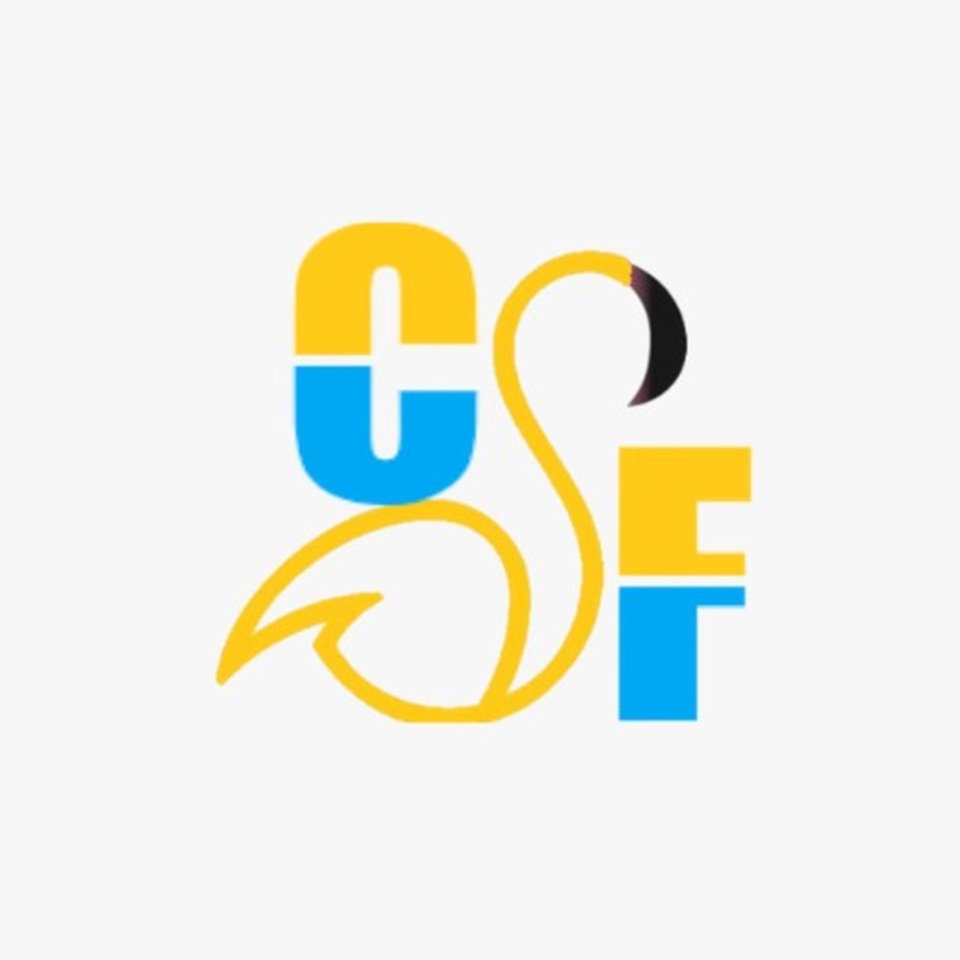






















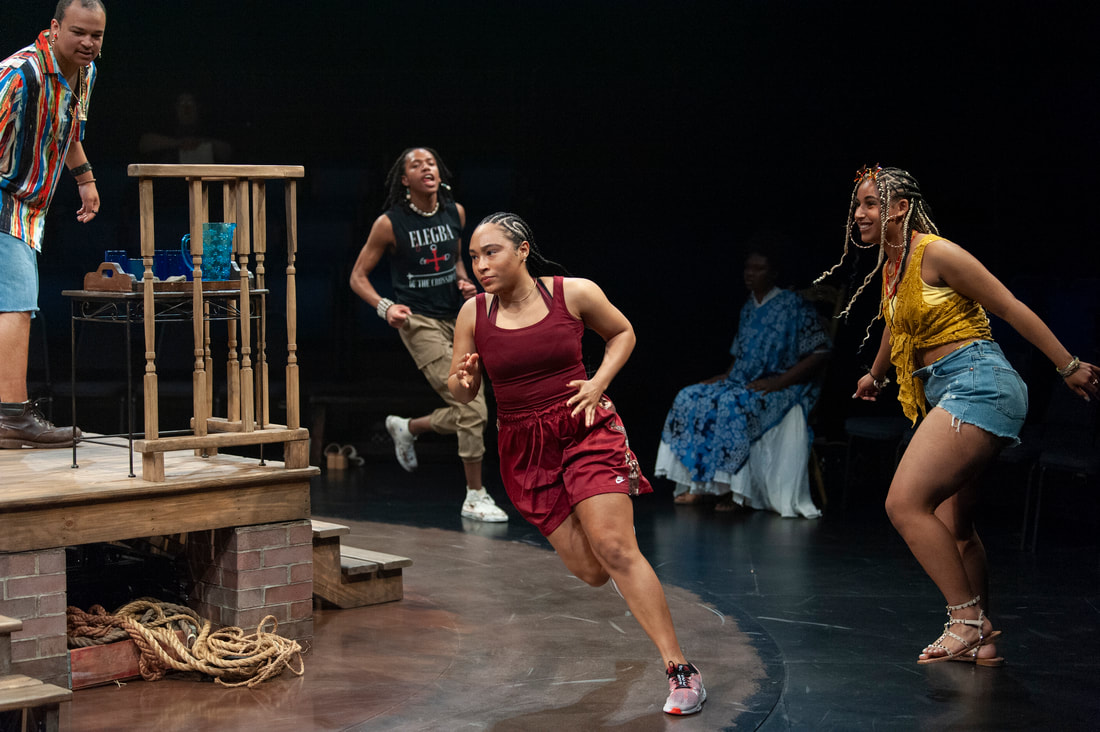
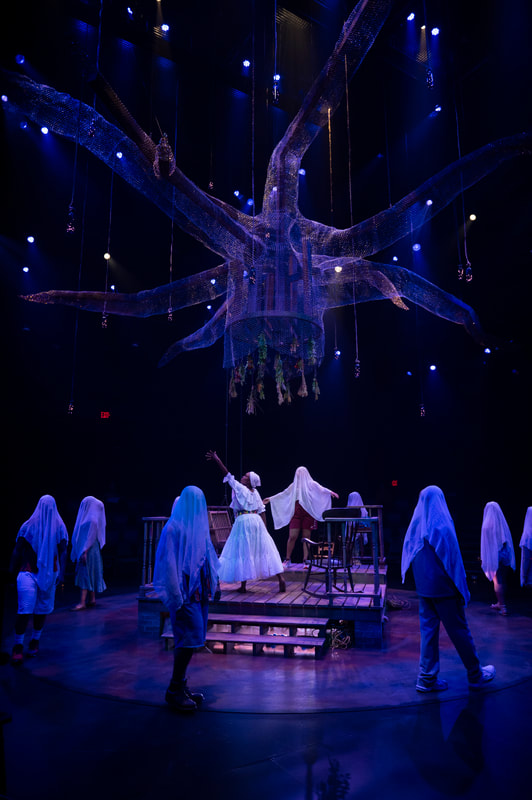
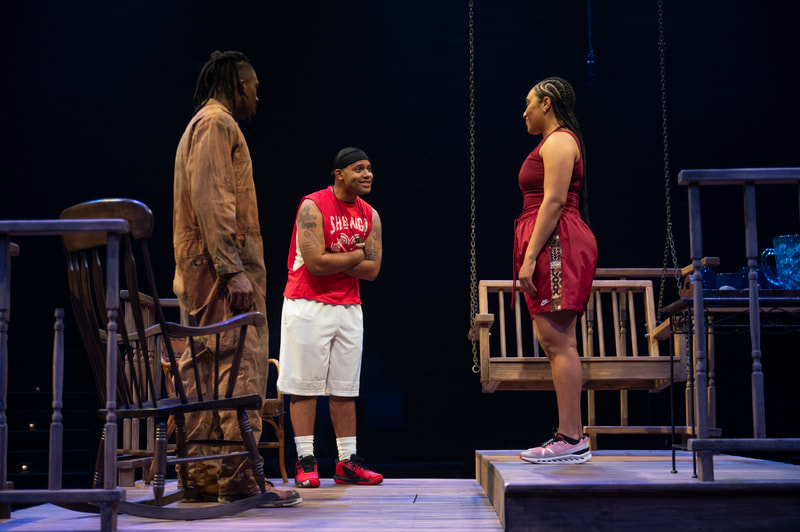
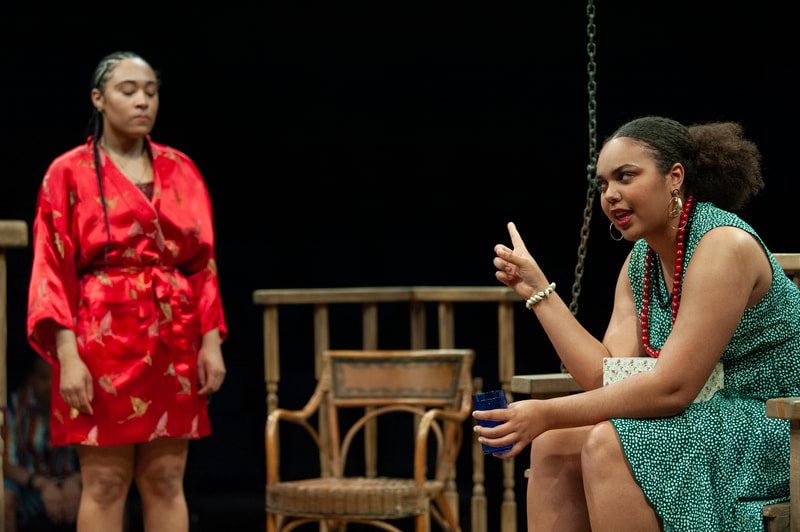
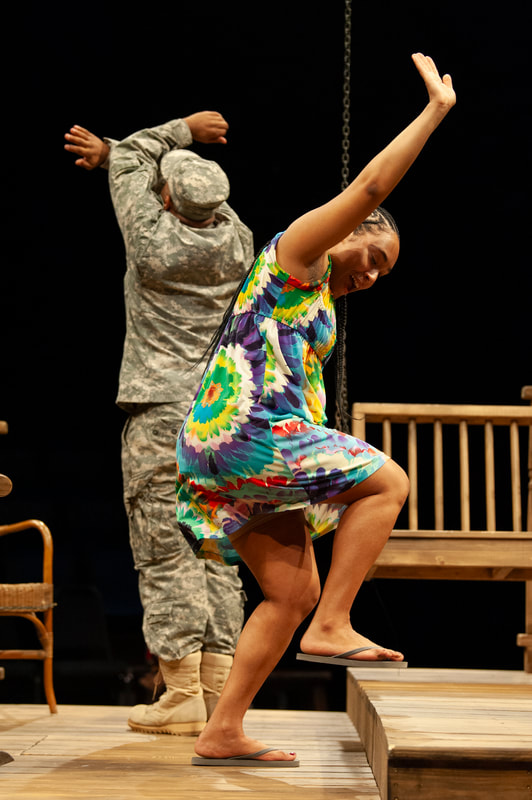
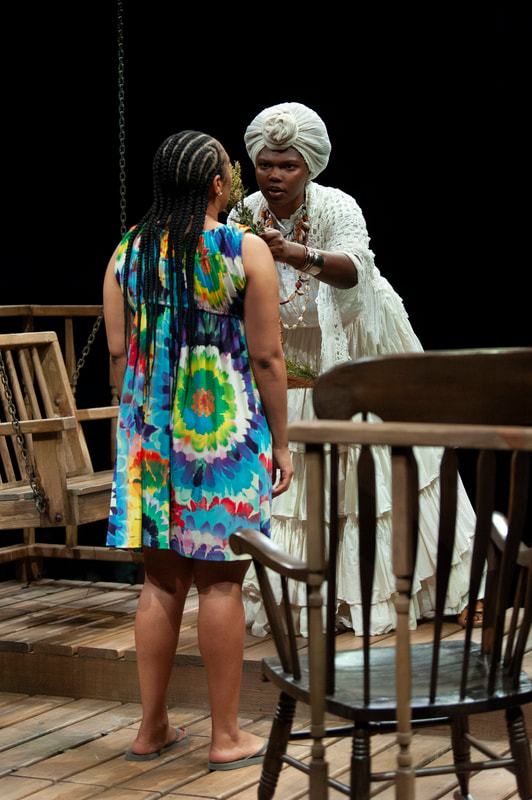
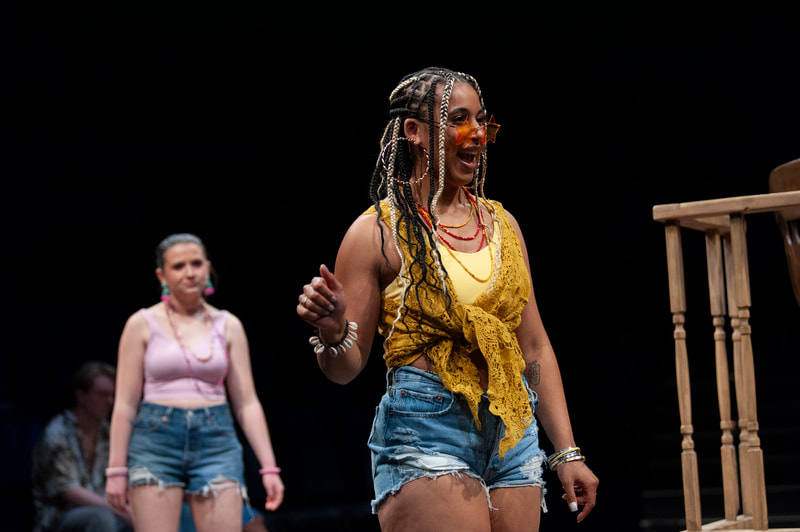
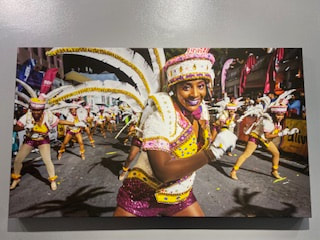
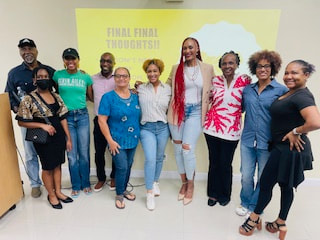
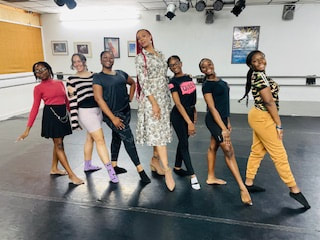
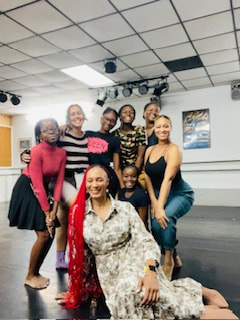
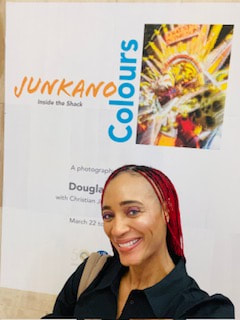
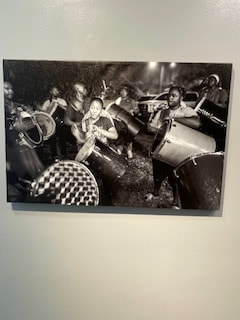
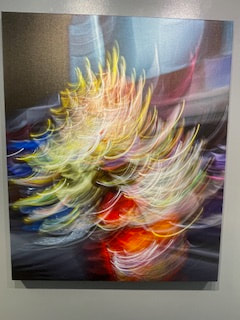
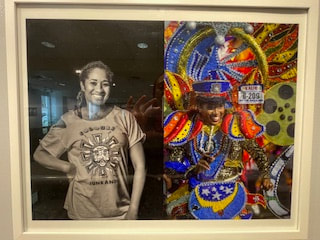
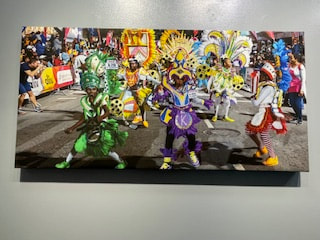
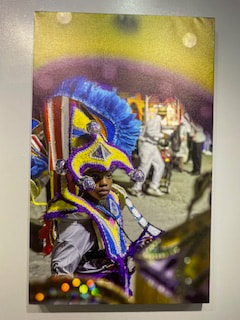
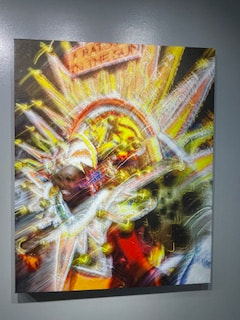
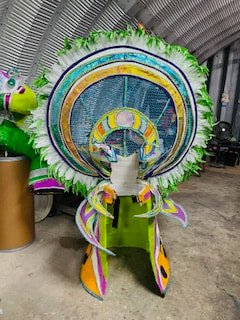
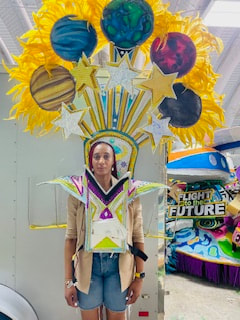
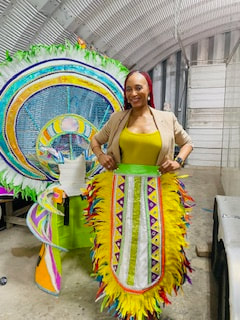
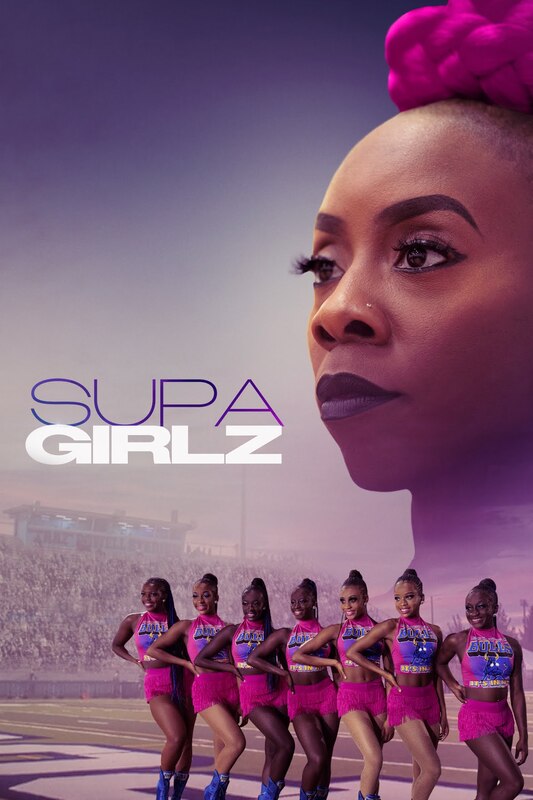
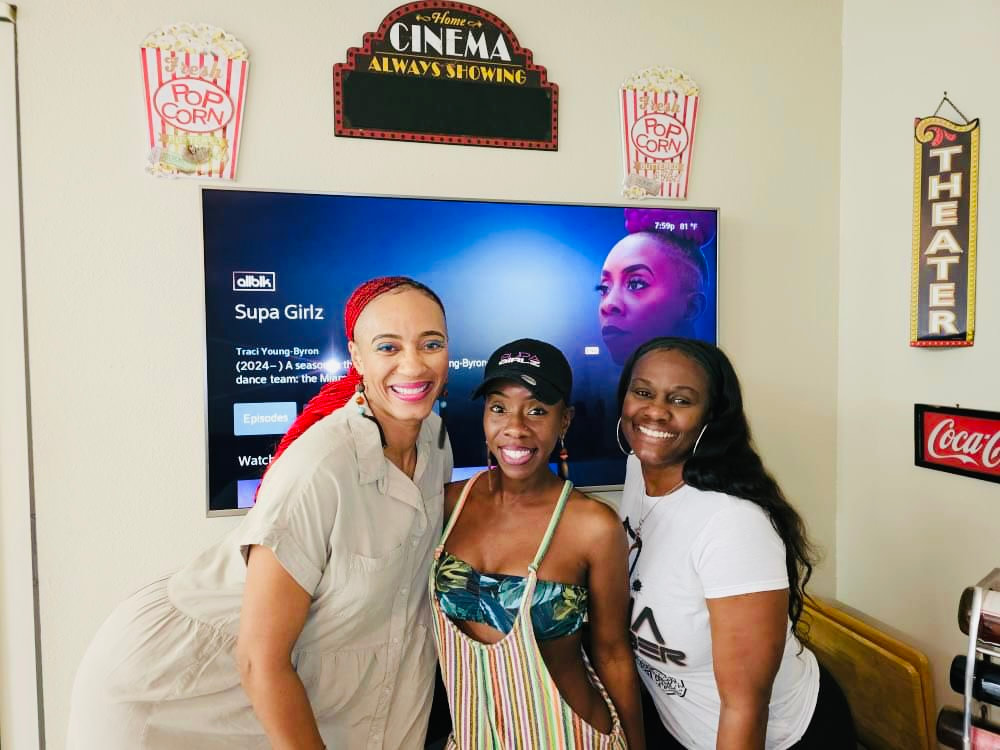
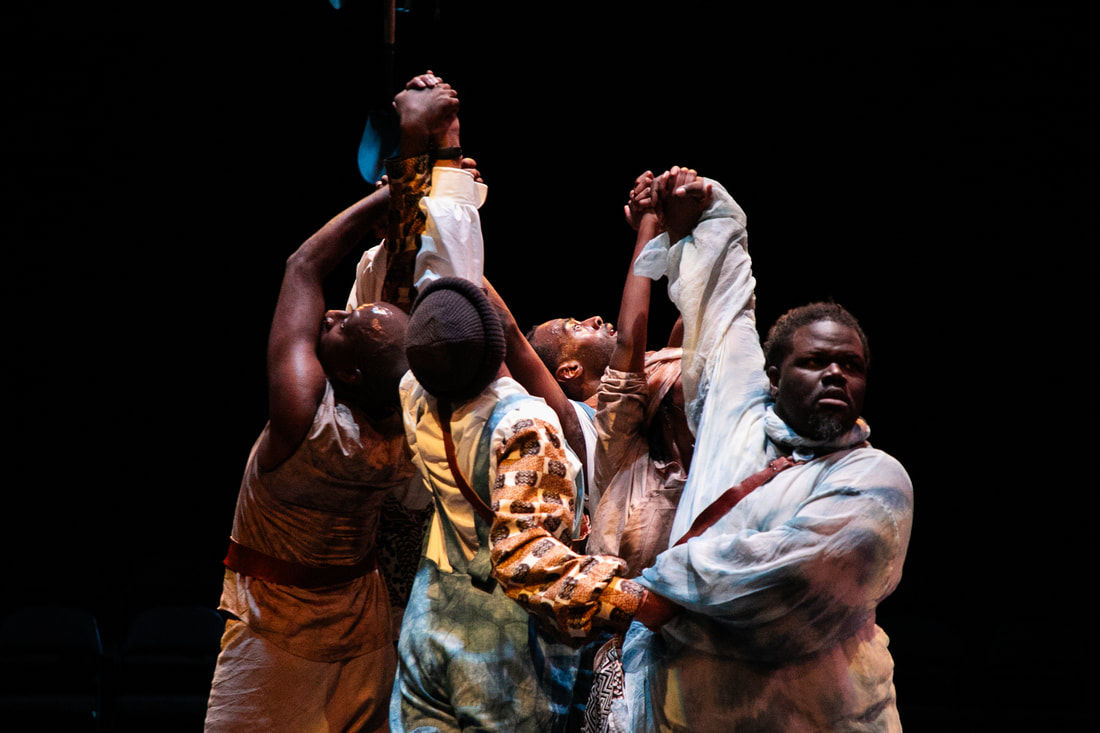
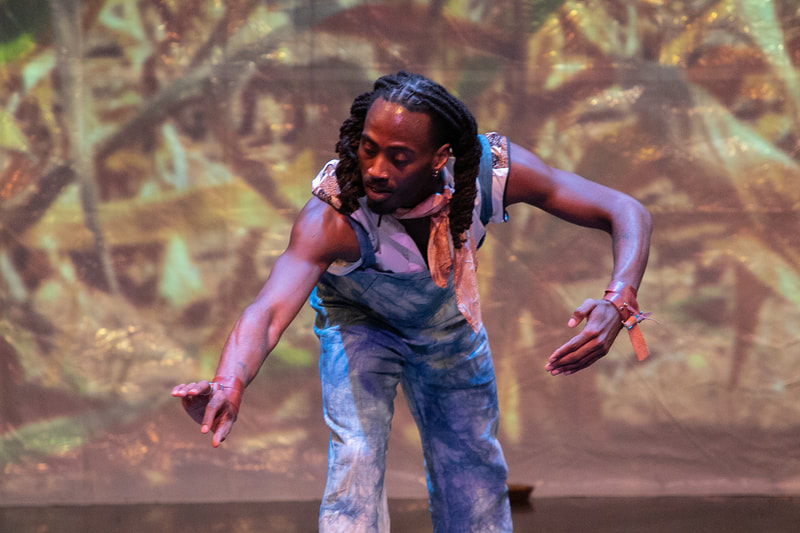
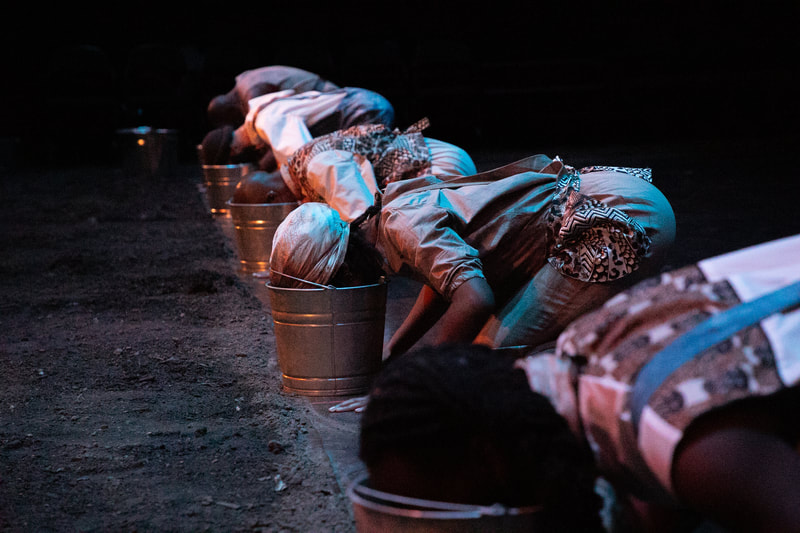
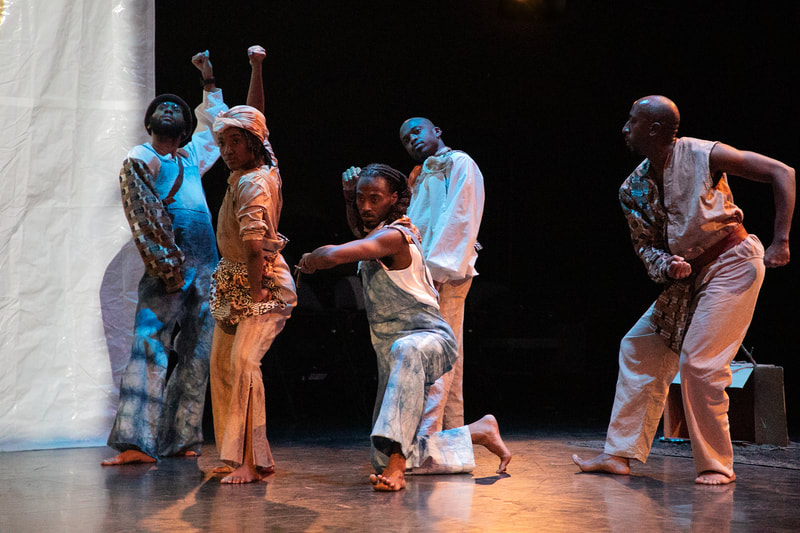
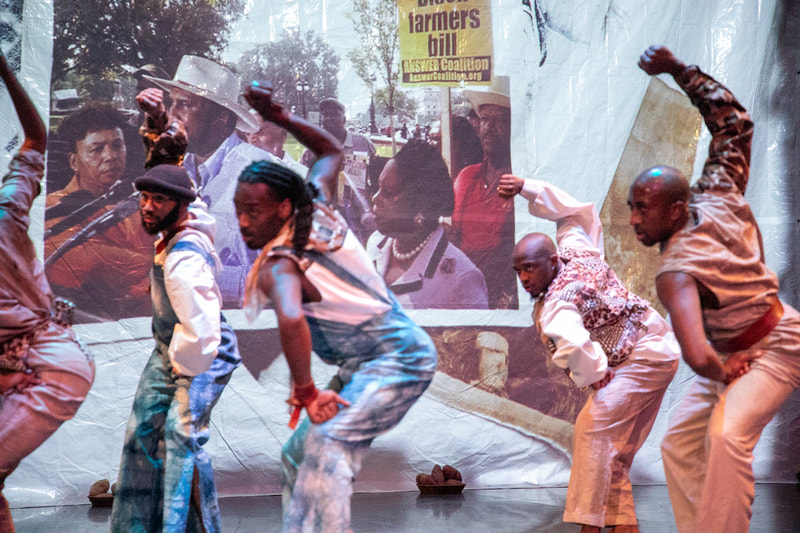
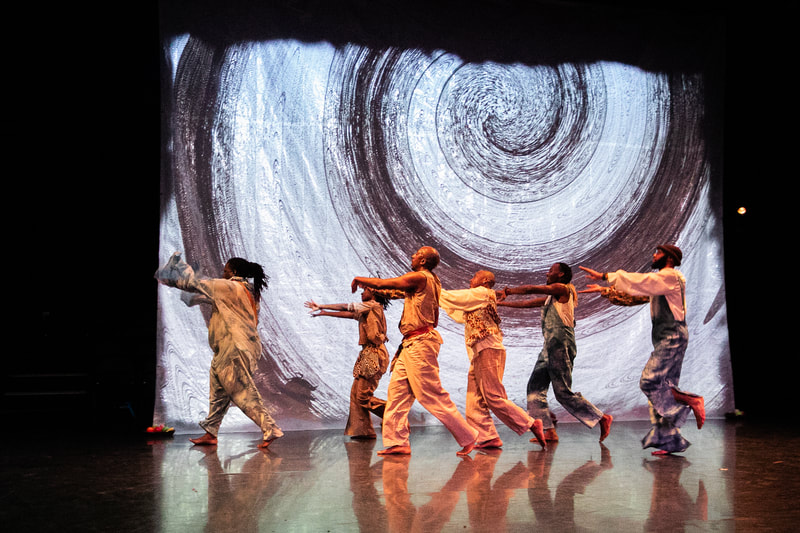
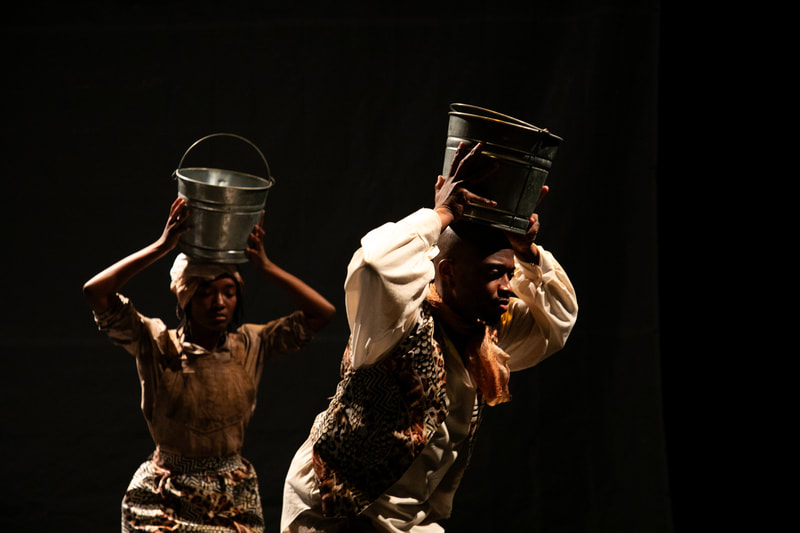
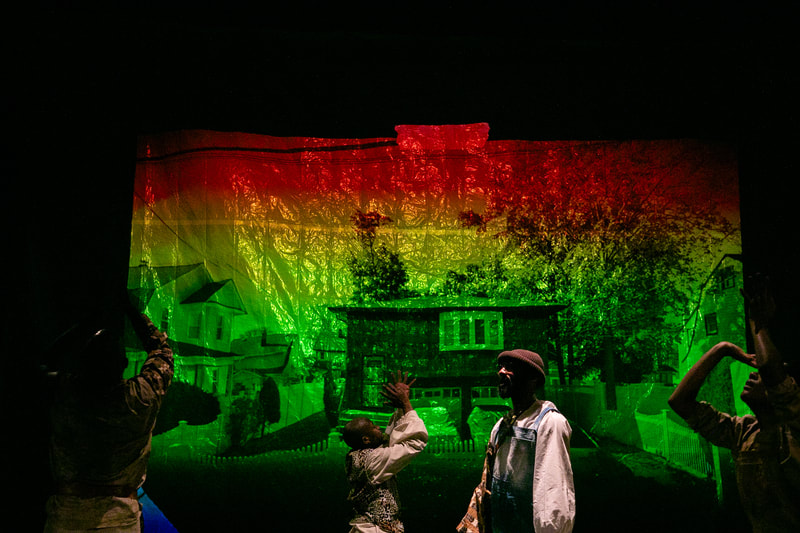
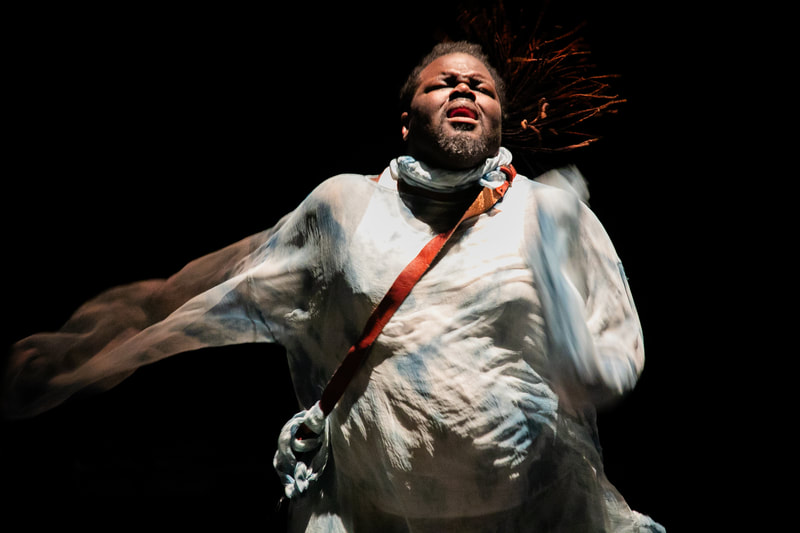
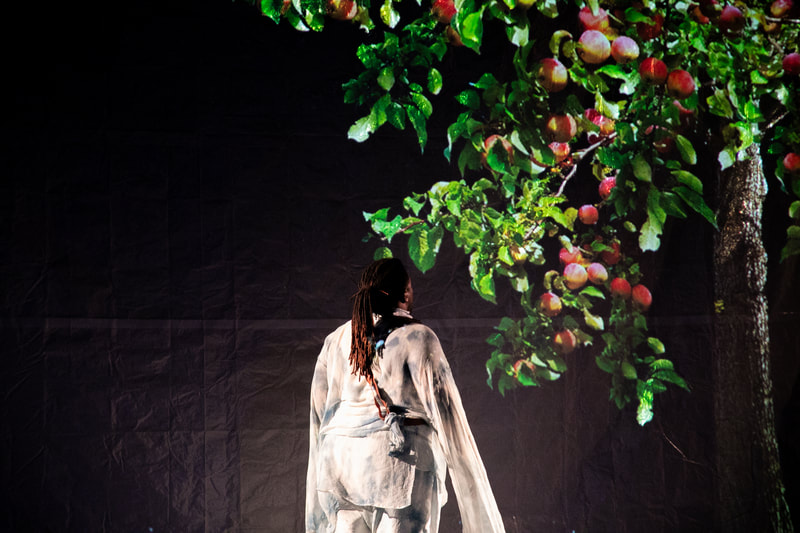
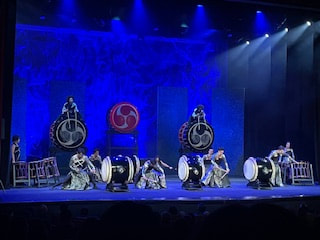
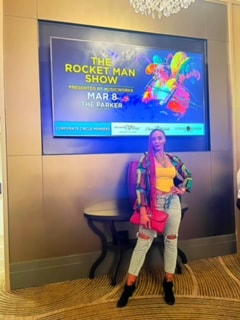
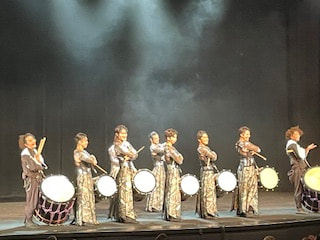
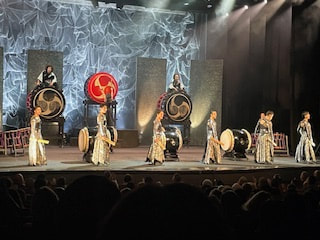
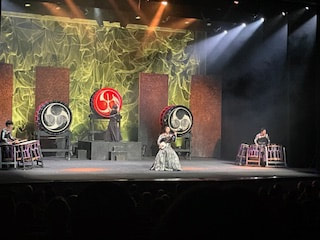
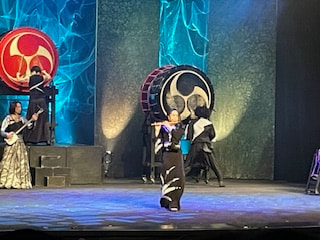
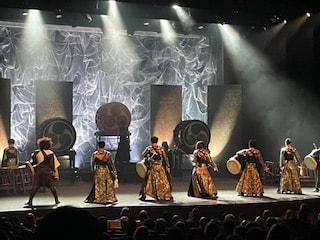
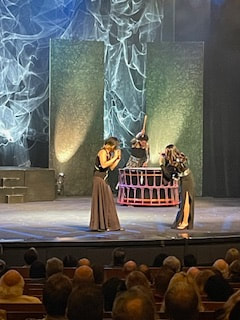
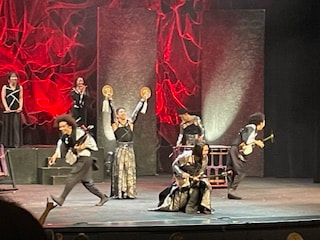
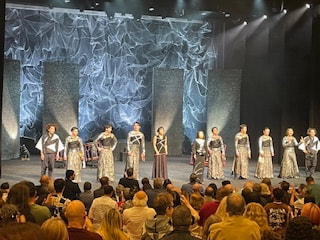
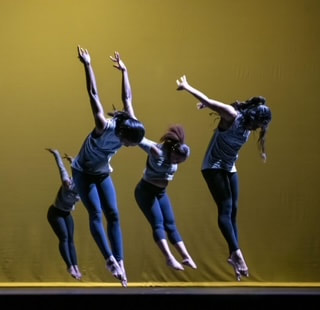
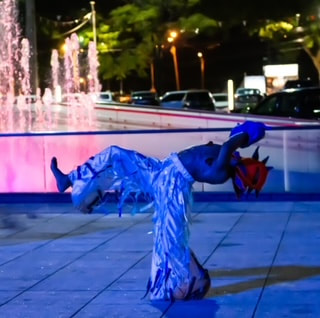
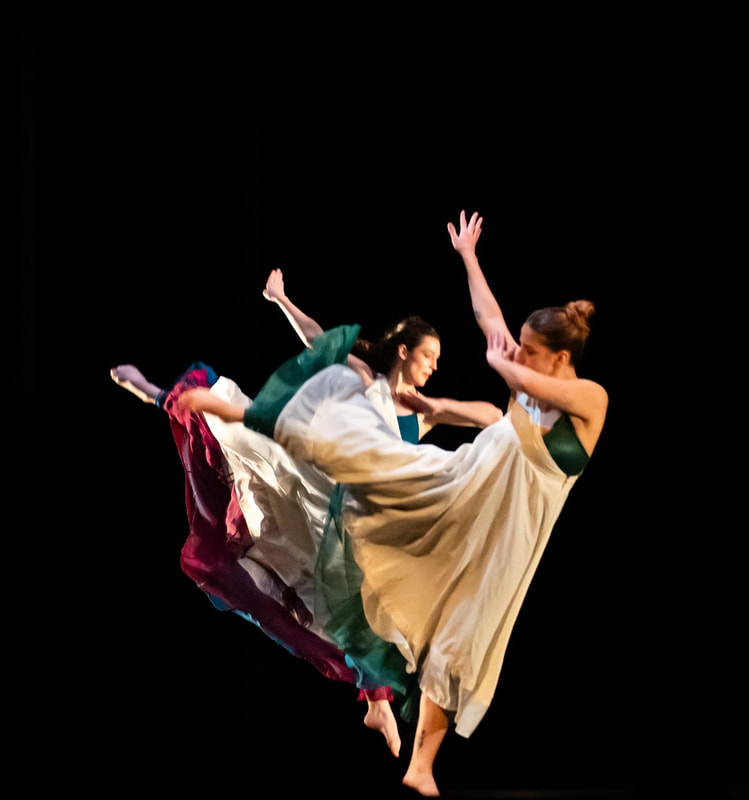
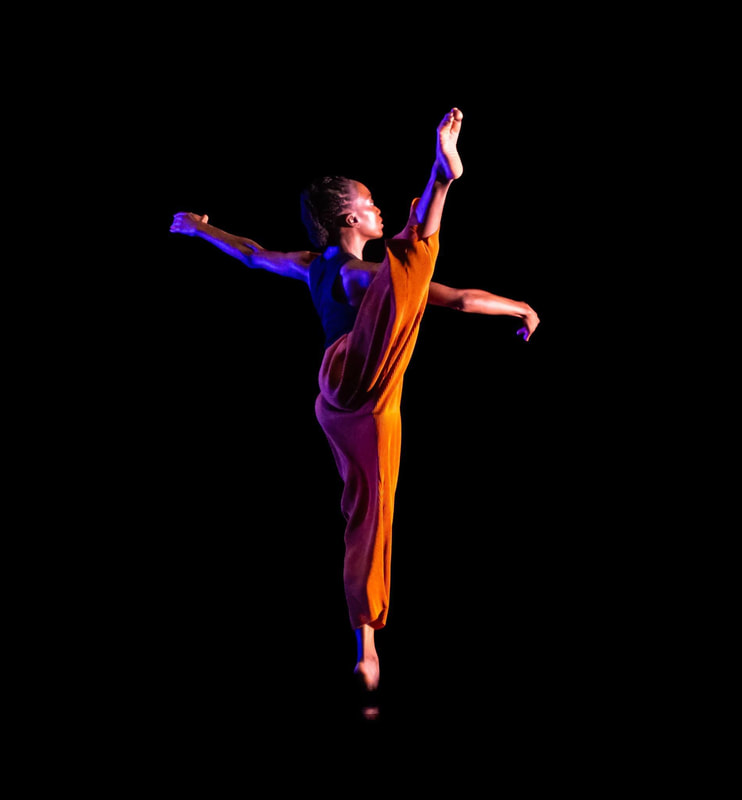
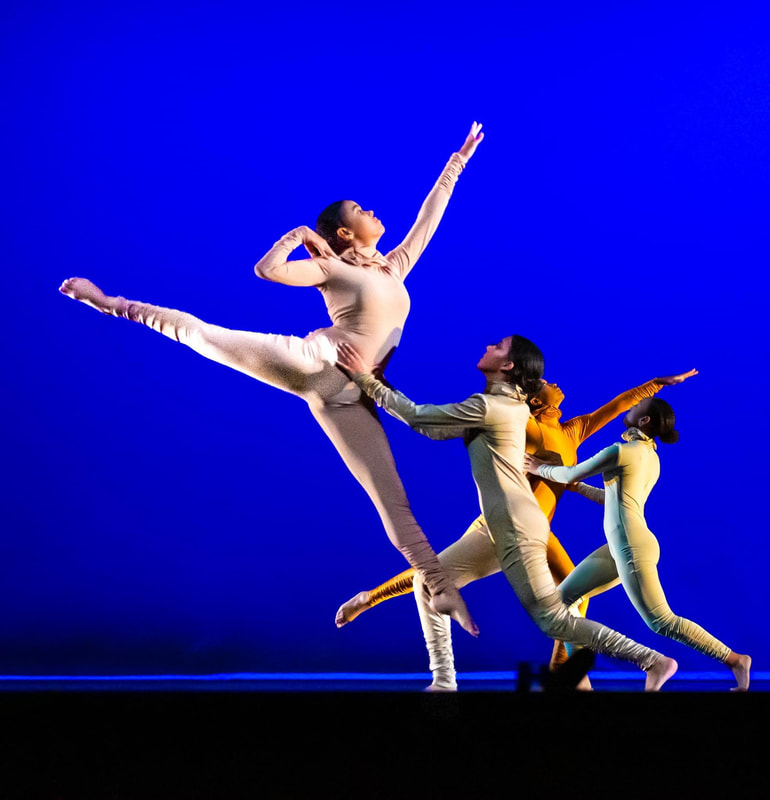
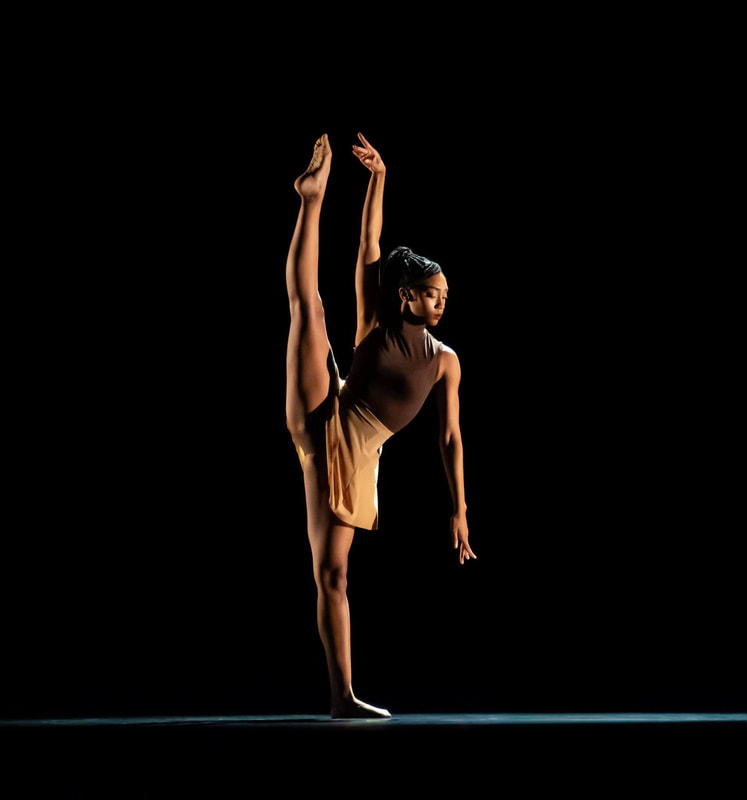
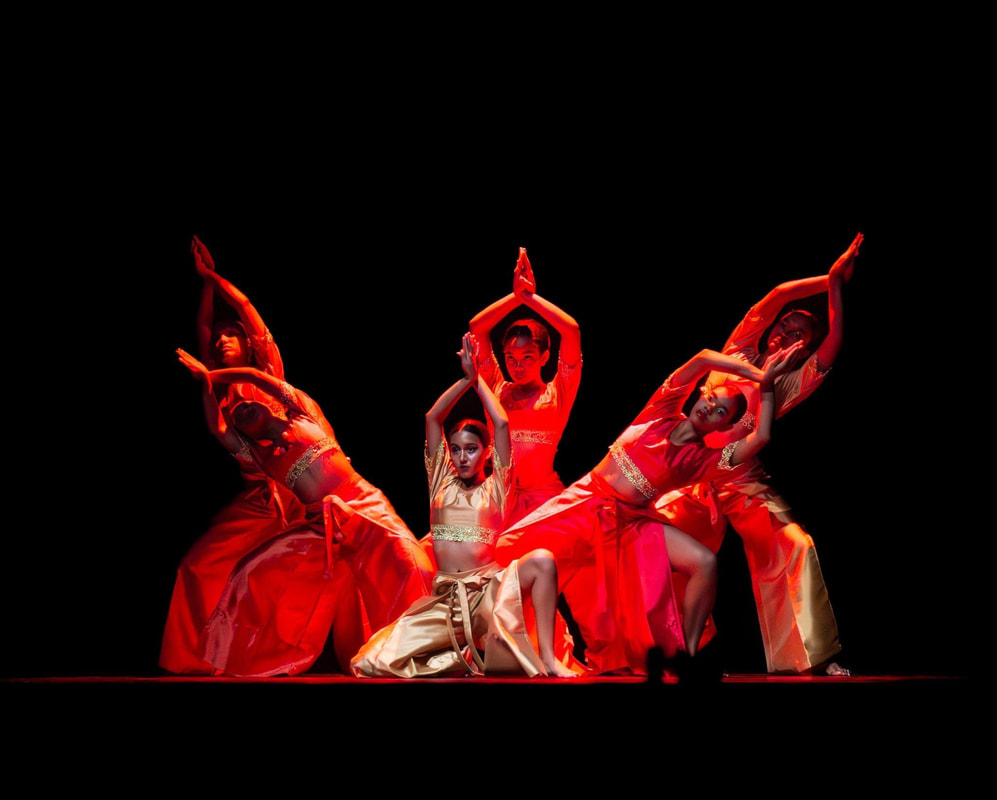
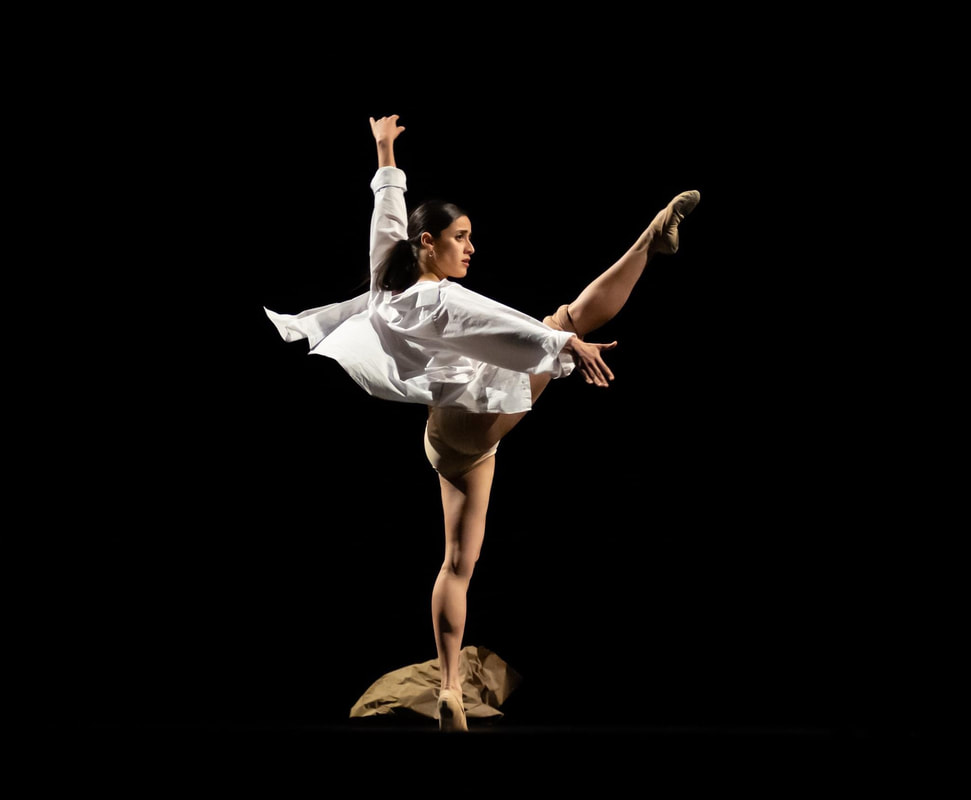
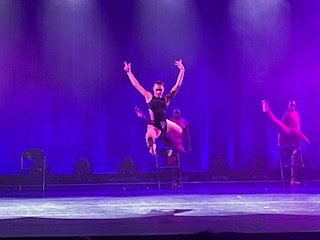
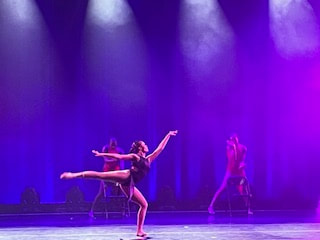
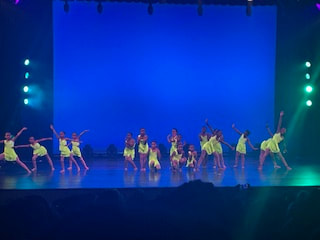
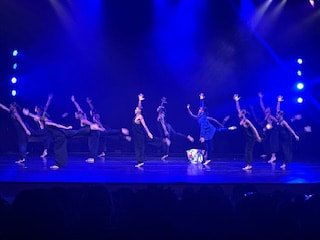
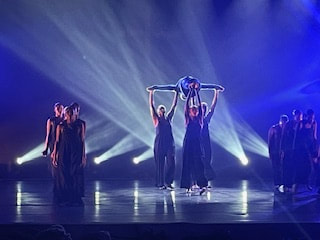
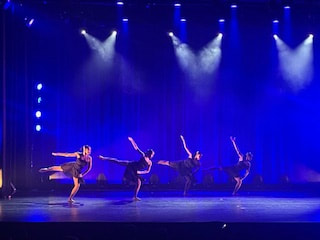

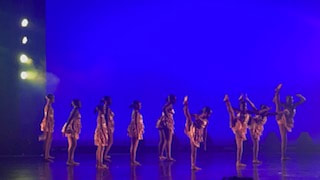
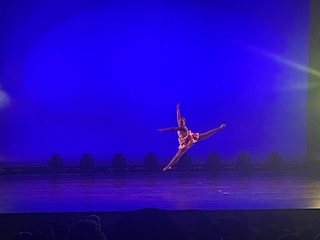
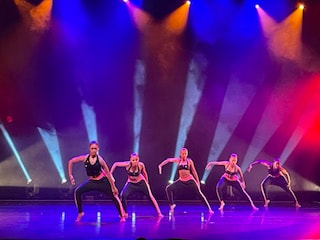
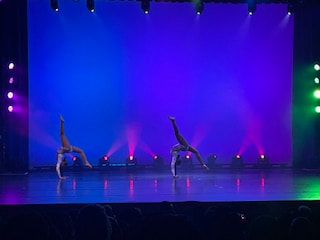
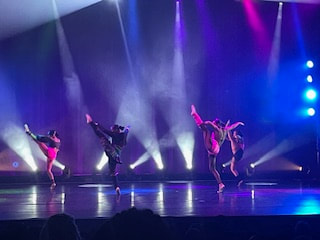
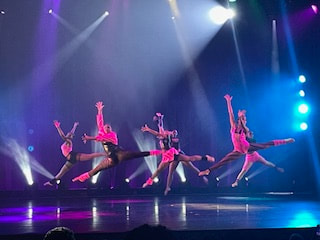
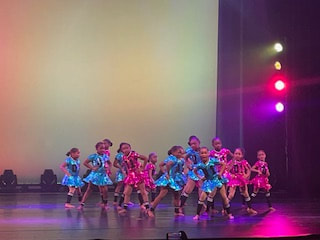
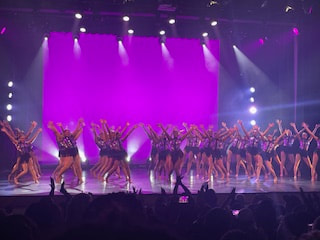

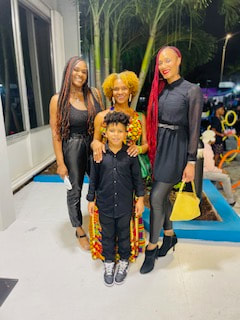
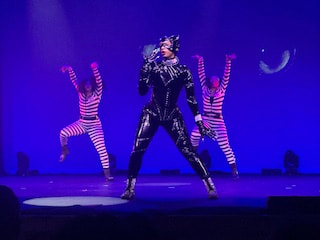
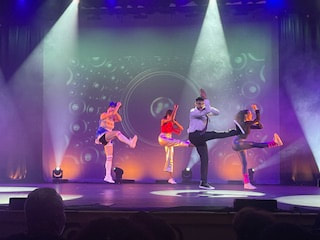
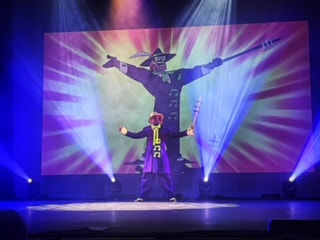
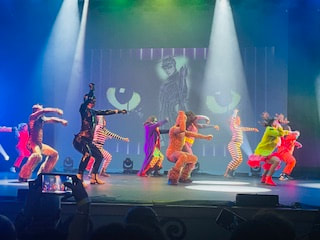
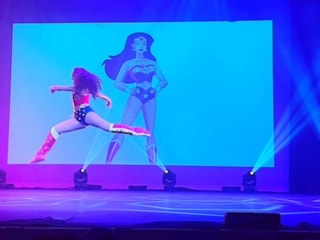
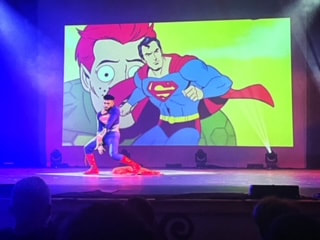
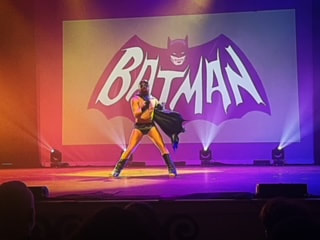
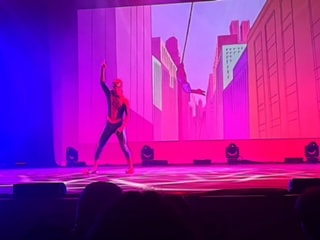
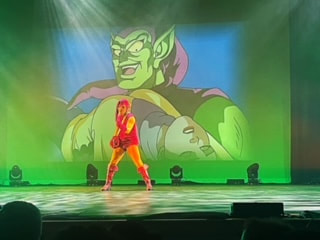
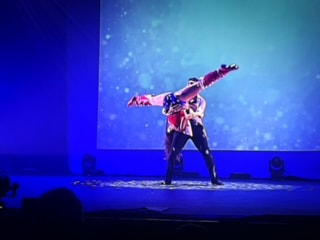
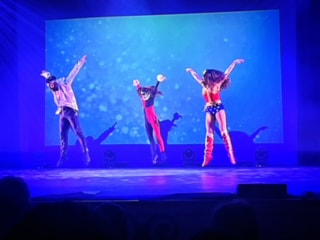
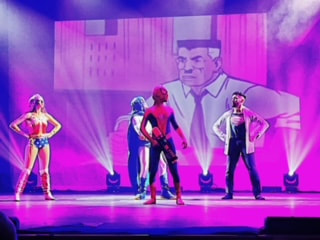
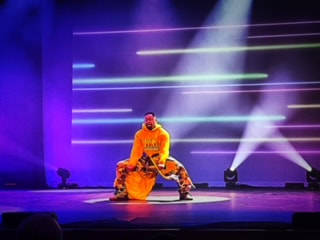
 RSS Feed
RSS Feed